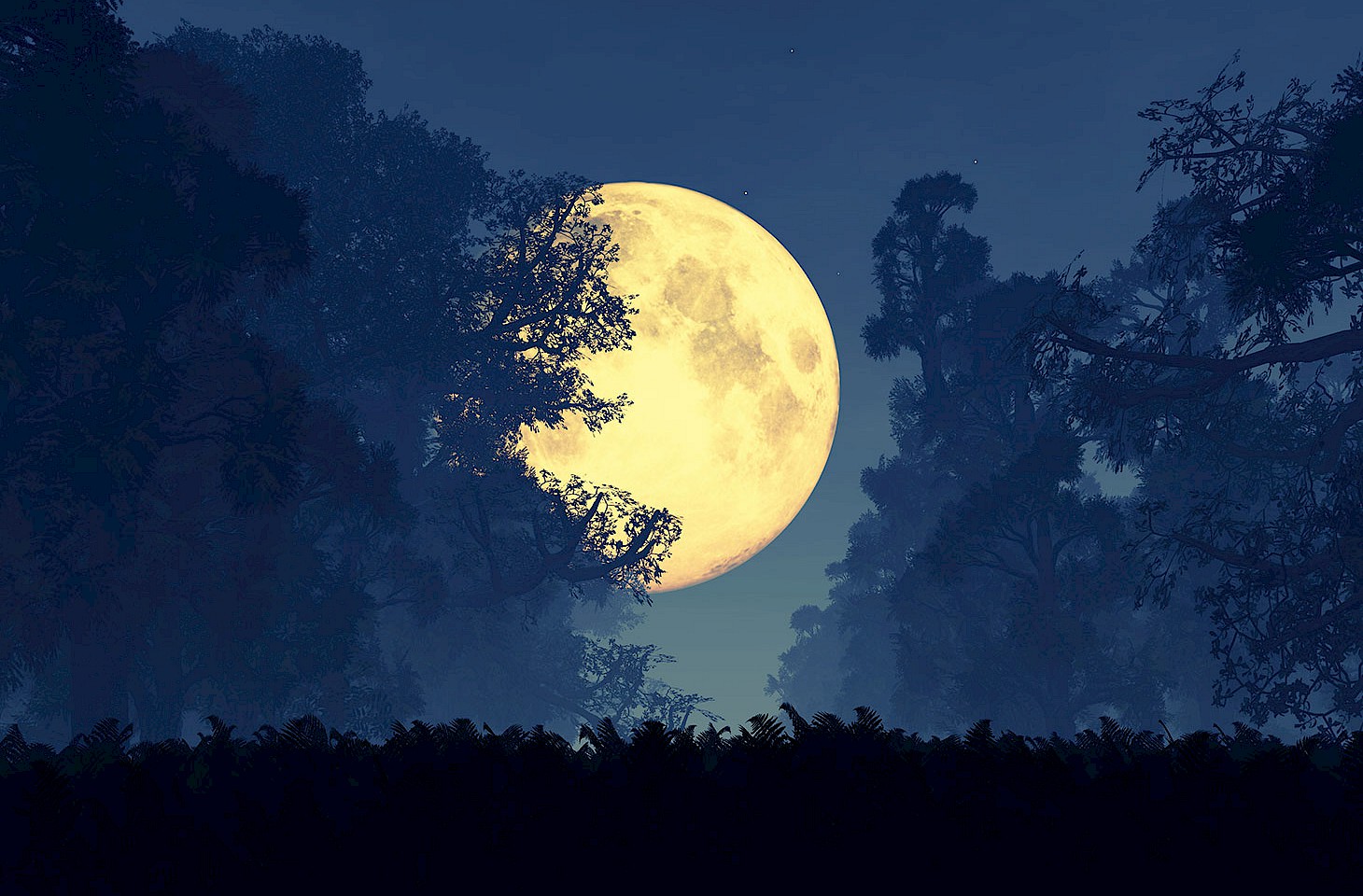Dear fellow travellers
Prosaic places are so often the most interesting spots. And Lichterfelde ranks as decidedly prosaic. None of the main English-language guidebooks to Berlin so much as mention the suburb where we live and work. Tourists do not flock to Lichterfelde to see the great sights of a community that, fifty years ago today, awoke to find that the local train service had been disrupted by the closing of the border between East Germany and West Berlin.
Yet unsung Lichterfelde does have a few minor claims to fame. By the railway station is an old tram stop. No trams have paused there for many a year, but the tram stop still displays details of a route that once linked Lichterfelde East station with the Prussian Cadet Academy three kilometres away. Most residents of Lichterfelde never notice the tram stop and many surely have no idea that this was the world's very first electric tramway.
Aviation history
Lichterfelde cuts a dash in the history of aviation too. Otto Lilienthal conducted some of his early experiments in manned flight here. Lichterfelde was perhaps an odd choice, for our local landscape is pretty two dimensional and Lilienthal's efforts really needed a steep hill from where he might launch himself into the air. So Lilienthal compensated for this local deficiency in topography by creating in 1894 an artificial hill that is still a landmark in our local park. Kids now paddle in the pond below the steep slope where Lilienthal tried to prove that men might fly. Lilienthal's experiments came to an unhappy end in 1896 when the aviator crashed to the ground and was fatally injured. But Lilienthal's pioneering efforts paved the way for later successes by the Wright brothers.
Lichterfelde is not a conspicuously religious place, but the ethno-confessional landscape has been enhanced recently by the opening of a new church. It is no more than a chapel really, built on a fragment of wasteland between the railway line and the rambling prefab that houses an Asian takeaway. Yet the evident love with which the local Macedonian Orthodox community care for this little patch of land and their new church is deeply impressive. It is a little touch of sanctity in an otherwise rather secular suburb.
The Silver Screen
Just a five-minute walk from our office is an old Coca-Cola bottling plant. It was built in 1957 to assuage the thirst of US soldiers - one of the four foreign armies that then occupied Berlin. And the Coca-Cola plant and offices played a lead role, just a few months prior to the building of the Berlin Wall, in Billy Wilder's classic portrayal of Cold War Berlin in his film One, Two, Three. James Cagney played a Coca-Cola executive who would far rather be in a glamorous west European city than having to cope with life in beleaguered Berlin. A great part of the film was shot at that local Coca-Cola plant. Perhaps James Cagney was a regular at the Asian takeaway as the film crew and actors took a break for lunch. Coca-Cola long ago abandoned the buildings. Yet the former bottling plant enjoyed a second outing on celluloid in the 2003 film Goodbye Lenin, which, in a nice homage to Billy Wilder, included a single scene shot at the old Coca-Cola building.
Throw in a decent twice-weekly fresh food market, a sizeable Italian population, a couple of good bookshops and a clutch of friendly cafés, and you'll see that Lichterfelde is a very likeable spot. A mere fleck on the map of Berlin, a place that makes no great claims for itself. Unfamous, unsung. And all the better for the excellent cycle path and hiking trail that now marks the former line of the Berlin Wall. What was once a formidable barrier is now one of our suburb's principal assets.
Nicky Gardner and Susanne Kries
(editors, hidden europe magazine)


